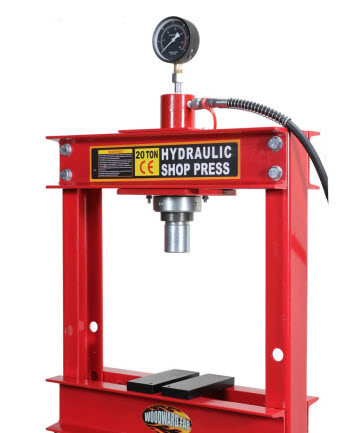Sheet metal fabrication is one of the popular metal forming processes used across various industries. This process enables forming, shaping, and joining the metal sheets to create the desired parts or components. There are different types of tools and techniques used to cut, join, and shape the metal. Press tools are centuries old; however, they have been adopted and evolved effectively with time. Equipped with pneumatic, mechanical, and hydraulic presses, press tools can produce pre-designed sheet metal parts in massive volumes. Today, a wide variety of press tools are available. They all are differentiated in terms of their unique features, perks, and constructions. Different constructions of a press tool lead to different working operations. Would you like to know what they are? This post introduces you to some important press working operations. So, stay tuned.

What Are the Common Press Working Methods?
Press working operations are also called sheet metal presses operations. This is because different operations are performed on sheets through various press tools to get the required shape. These press working operations are mainly divided into two categories – cutting and forming. There are various sub operations that fall under each of these two categories. Which working methods of sheet metal presses to choose will vary depending on specific application requirements. So, let’s have a look at them.
- Sheet Metal Cutting Operations: In this press work process, the sheet metal is subjected to tensile and compressive stresses to break its structure and separate it into different parts. Hence, it is considered an efficient material utilization operation. Sheet metal cutting operations include:
- Punching: It is a metal fabrication process where enough shearing force is applied on the sheet metal to produce holes and cutouts of different sizes and shapes. Punching is performed by placing the sheet metal between the punch and die. The punch presses drive downward at high speed through the sheet metal to create holes.
- Blanking: This press working process removes a pre-defined part from the sheet metal. The part is punched out with a single stroke, using one die and punch. This method usually produces a flat shape from a metal sheet.
- Perforating: It is the method of punching or stamping slots or holes in a pattern, not specifically in a round shape. The wastage of material here is minimal.
- Shearing: The sheet metal is separated into two or more pieces by simply cutting a long line. Shearing creates clean cuts with smooth edges. It doesn’t produce wastage in the form of chips or debris.
- Trimming: As the name implies, this process removes the excess metal portions surrounding the formed pre-designed parts.
- Notching: This process produces desired parts by removing the edges of the metal workpiece. Notching is a manually operated and low-production process.
- Slitting: Slitting is similar to the shearing process. However, this process cuts a wide coil of sheet metal into various narrow coils using circular knives.
- Sheet Metal Forming Operations: It is one of the most widely used processes that cause stress below the ultimate strength of the metal, which results in distortion. Sheet metal forming operations include:
- Bending: In this process, the sheet metal is bent into a curved form by applying enough force. During bending, the metal’s shape is changed, but its volume is retained as it is. Sheet metal bending can be performed in various ways. Channel bending, offset bending, edge bending, v-bending are some popular types.
- Drawing: This method produces vessel-shaped or thin-walled hollow parts from a workpiece. Drawing is categorized into two types – deep drawing and shallow drawing.
- Squeezing: It is the most popular and widely used process of forming ductile metals. Squeezing has several operations, including coining, sizing, and riveting. These operations are performed to reduce the overall thickness of the metal.
By now, you may have clearly understood different press working processes and their importance. Are you looking for press tools to accomplish sheet metal fabrication tasks? If that sounds yes, then you must source these tools from reputed industry players like Woodward Fab. With years of market presence, the company specializes in offering a variety of press tools that fulfill your sheet metal fabrication needs. These tools are drill press, electric hydraulic, or hand-operated presses are capable of working with metals of any thickness.
